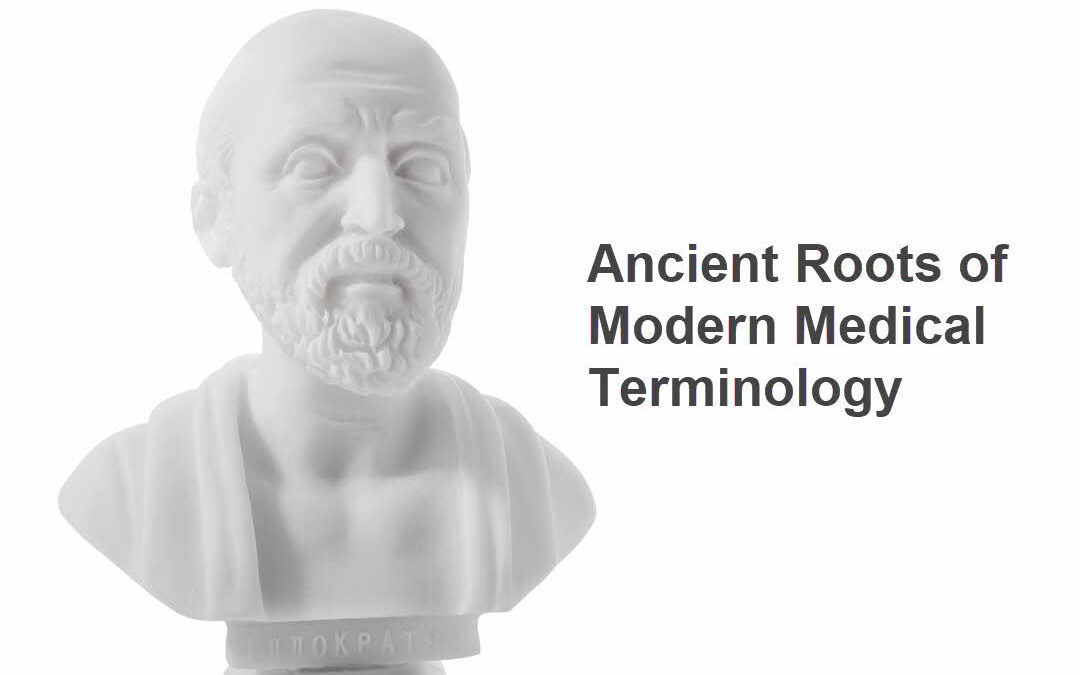Medical terms used in doctor’s offices have survived thousands of years of human history. The term “diabetes” comes from ancient Greek and means “to pass through” – a reference to one of the condition’s main symptoms.
Ancient civilizations’ healers created specialized language to describe the human body and its ailments. Greek and Latin roots are the foundations of modern medical communication. Ancient wisdom, cultural exchanges, and scientific advances have shaped the language doctors and healthcare professionals use today. The evolution of medical terminology shows us how these influences continue to impact healthcare communication.
The Birth of Medical Language in Ancient Greece
Medical terminology’s roots lead us back to ancient Greece, where a remarkable change in medical language took shape. Hippocrates of Kos’s original work (460-370 BC) made medicine a distinct profession, separating it from religious and philosophical practices.
Hippocrates’ foundational contributions
Hippocrates’ systematic approach to medicine created the foundation for medical terminology that we still use today. He brought many essential medical terms into practice, including symptoma, diagnosis, therapy, trauma, and sepsis. He pioneered the categorization of illnesses as acute, chronic, endemic, and epidemic, while introducing terms like exacerbation, relapse, and crisis.
Key Greek medical terms still used today
Modern medical English traces 75% of its roots back to Hippocrates and the Alexandrine school’s Greek. His introduced terms remain in use today:
- Diabetes: meaning “flowing through”
- Arthritis: inflammation of joints
- Nephritis: kidney inflammation
- Gastritis: stomach inflammation
- Pneumonia: lung condition
Early anatomical naming conventions
Ancient Greeks showed remarkable creativity in their anatomical naming approach. They named body parts after familiar objects and animals to help people remember them better. Greek scholars created naming patterns that later shaped Roman and medieval medical terminology. Their comparisons included musical instruments (like tuba for trumpet), armor (thorax for breastplate), and animals (musculus for mouse) to describe anatomical structures.
Greek anatomical terms worked so well that Romans used them during their medical dominance. They either imported terms directly or translated them into Latin. This practice created a dual-language foundation that shapes our medical vocabulary today.
Read the full blog post at The Medical Terminology Blog which is titled

